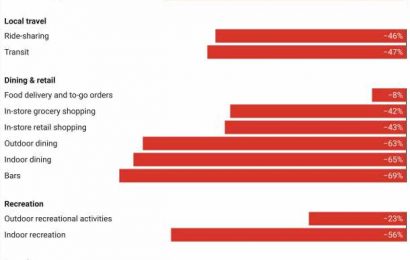LAS VEGAS – Although endoscopic resection of T1 esophageal adenocarcinoma (EAC) is associated with excellent overall survival, recurrence can occur years later, emphasizing the need for long-term surveillance, according to investigators.
Recurrence was about twice as common among patients lacking complete remission of intestinal metaplasia (CRIM) upon follow-up, reported lead author Kevin Song, MD, of the Mayo Clinic, Scottsdale, Ariz., and colleagues.
“Endoscopic resection of early-stage EAC has gained acceptance in recent years,” Song said during his presentation at the annual meeting of the American College of Gastroenterology. “While studies have demonstrated promising outcomes for short-term remission and recurrence, little is known about long-term recurrence and EAC-related mortality beyond 5 years.”
To address this knowledge gap, Song and colleagues reviewed data from 98 patients who had undergone endoscopic resection of T1 EAC at four tertiary academic centers with follow-up of at least 5 years. CRIM was defined by negative biopsies from the tubular esophagus and the gastroesophageal junction at one posttreatment surveillance endoscopy. Early recurrence was defined by a 2-year limit.
After a median follow-up of 8.76 years, 93 out of 98 patients (95%) experienced remission, while 82 patients (84%) demonstrated CRIM. Fourteen patients (14%) had recurrence of EAC, among whom eight (57%) had early recurrence at a median of 0.75 years (interquartile range, 0.43-0.80 years), while the other six (43%) had late recurrence at a median of 7.7 years (IQR, 5.20-8.77 years). Among the 93 patients entering remission, five (5.38%) had recurrence after 5 years.
CRIM was associated with a significantly lower rate of recurrence (11% vs. 46%; P = .01), generating an odds ratio of 6.55 (95% confidence interval, 1.71-26.71). Patients with CRIM also had later recurrence, at a median of 5.20 years, compared with 0.81 years for patients without CRIM. Moreover, the overall EAC-related mortality rate was 6.45%.
Song noted excellent overall survival and concluded his presentation by emphasizing the predictive value of CRIM and the need for long-term surveillance.
“CRIM should be considered the most significant endpoint for endotherapy of T1 EAC,” he said. “Surveillance is important even when early recurrence is not observed.”
Rishindra M. Reddy, MD, professor of thoracic surgery at the University of Michigan Health, Ann Arbor, agreed “100%” with Song and colleagues’ conclusion about the need for long-term surveillance.
“We struggle, in our patient population, to get people to do regular surveillance,” he said. “I think you have to have patients who have regular access to their gastroenterologist or surgeons and are willing to come in every 3 months to 6 months for surveillance endoscopies as well as CT scans.”
Reddy recommended that endoscopic resection of EAC be handled at high-volume centers.
“This really needs to be done in a multidisciplinary setting where you have both experienced endoscopists and thoracic surgeons and/or surgical oncologists who do esophagectomies to make these decisions about optimal treatment,” he said, “as well as pathologists who are more experienced in what to look for in terms of depth or lateral margins.”
The present work is a “great first study,” Reddy said. He suggested that larger real-world trials are needed to confirm findings and compare outcomes between tumor subtypes.
“I think for T1a tumors, there’s a good consensus on endoscopic mucosal resection,” he said. “I think T1b is an area where we would suggest more often doing surgery… and there’s even some nuance at a T1a level about the depth. It would be helpful to understand the risks of recurrence after [resecting] different levels of T1 tumors.”
The investigators disclosed relationships with CDX, Interpace, Lucid, and others. Reddy disclosed no relevant conflicts of interest.
This article originally appeared on MDedge.com, part of the Medscape Professional Network.
Source: Read Full Article


